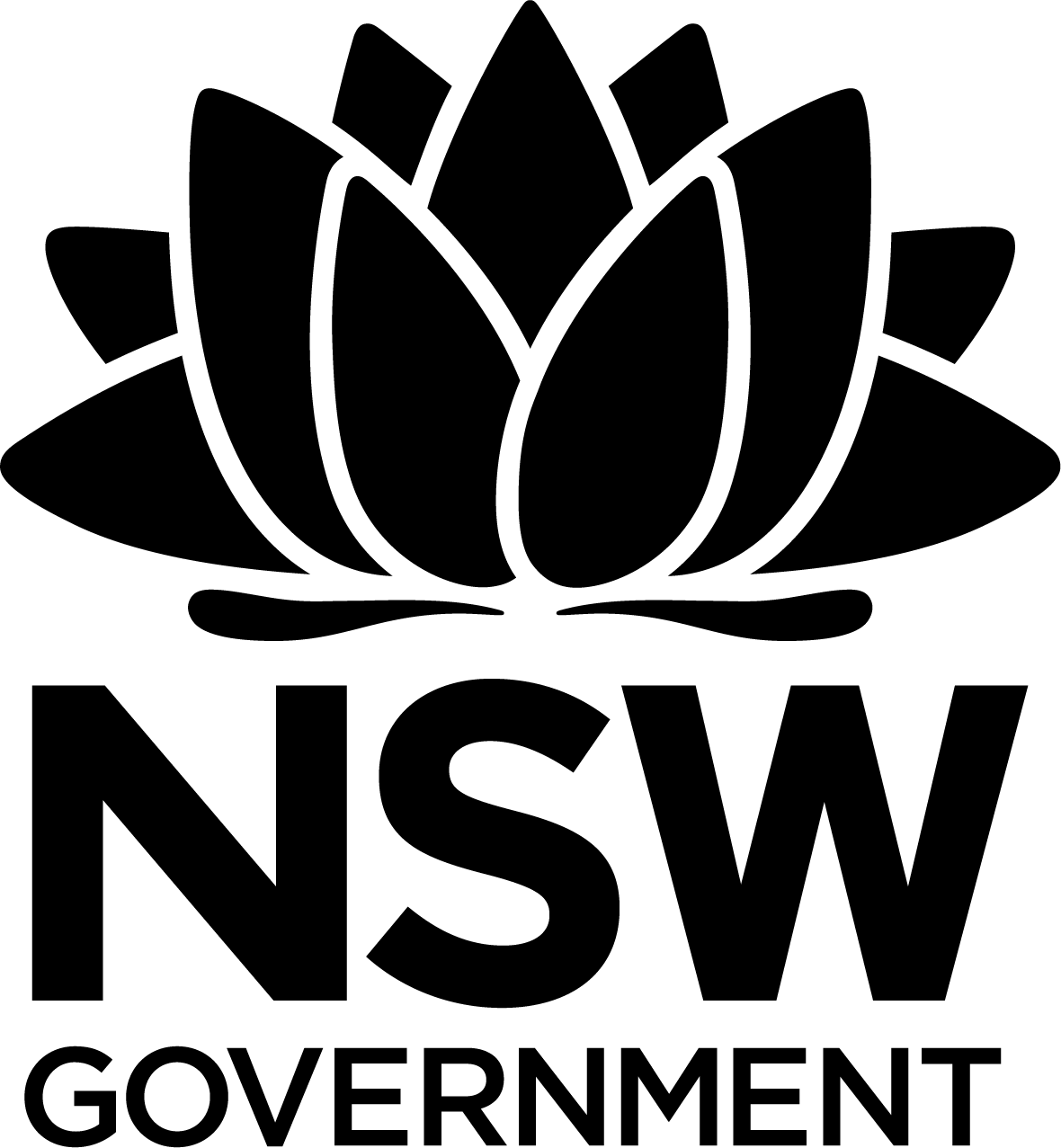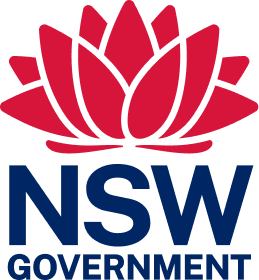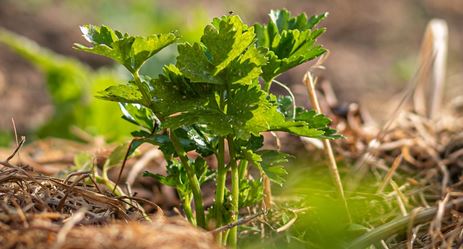
Crown land manager resource
Visitors to Crown reserves
An important part of your role as a Crown land manager (CLM) is managing the rights and responsibilities of visitors to the reserve. This means encouraging public use of your reserve while ensuring the safety of visitors and minimising impacts on the natural environment.
Visitors access rights
Generally, visitors have a right to use and access Crown reserves that have been set aside for public and recreation purposes. As managers of Crown reserves, CLMs are responsible for ensuring that access, services and facilities are designed to suit all types of visitors. As far as practical, CLMs should ensure that access to physical infrastructure, such as buildings, walkways and toilets, cater for all types of visitors including persons with impairments or disabilities. CLMs can apply for funding to upgrade reserve facilities for equal access purposes. You can find more information on funding initiatives under:
Promoting Crown reserves
Word of mouth is a powerful way of telling the local community that your reserve is well-managed and worth visiting. Visitors can be a great source of good publicity if they have a positive experience visiting the reserve.
Visitors may provide positive feedback about their experience if their expectations are met. An important part of this is receiving good service from CLM members, employees and contractors. CLMs should keep interactions with visitors positive and consider the impression the visitor will take away from the experience.
Who visits Crown reserves?
Crown reserves have been established for a broad range of public purposes, with an equally broad range of visitors who use them.
A visitor could be:
- clubs (pony, pigeon, rugby league, cricket, etc) – members and supporters
- shows – exhibitors, competitors and visitors
- caravan parks – residents and visitors
- public halls – function organisers, attendees and club members
- recreational facilities – general users of sports grounds, tennis and netball courts and other similar facilities
- cemeteries – visitors and families of the deceased
- conservation areas – walkers, riders, runners, and people caring for flora and fauna.
Visitor expectations
Each visitor will have different expectations based on their needs and how often they visit:
- safe, clean, well-maintained facilities – roads, paths, fences, grounds and grandstands
- unobstructed access (where access is otherwise restricted) by visitors where access has been prearranged with the CLM.
- no conflicts over access with other users
- reasonable fees for access and services – where appropriate
- prompt and polite responses to questions and concerns
- no interruptions to basic services such as electricity, water and sewerage
- maintenance of the reserve to achieve its primary purpose.
Visitor responsibilities
Reserve visitors have a responsibility to ensure their activities are in line with reserve restrictions, policies and protocols. Visitor activity should be safe, lawful and socially acceptable. Visitor access and activities should be conducted in a way that does not affect other users of the reserve and is consistent with the reserve’s purpose. For example, a motor rally in an environmentally sensitive area would be an unacceptable activity.
Managing visitor access and behaviour
CLMs are responsible for managing visitor access and behaviour in order to protect the reserve.
As a CLM, it is important to educate the local community about what is and what is not allowed within the reserve. Clear signage placed in a prominent location, can help make visitors aware of restrictions that apply to their use of the reserve. Further, CLMs may consider placing ads in the local paper, advertising restrictions or entry fees through social media, and increasing the visibility of signage on the reserve.
Restrictions
Although visitors represent the wider community and have certain rights of access to reserves, there are also some restrictions that exist to protect both visitors and the reserve. Access to Crown reserves may be restricted if the reserve is set aside for a specific purpose such as a fire station, hospital, or for health and safety reasons. CLMs are empowered to impose restrictions on visitor activities within the reserve. For example, speed limits, noise restrictions, and entry fees can be imposed on visitors to Crown reserves.
Managing visitor disturbances
In some situations, CLMs may be required to manage minor visitor disturbances including activities and access inconsistent with imposed restrictions or the purpose of the reserve.
Common visitor disturbances include:
- unauthorised access
- the building of unauthorised structures
- residing or camping illegally on the reserve
- dumping of rubbish
- grazing stock
- trail-bike riding and 4WDing
- damage to CLM property
- bonfires – particularly in environmentally sensitive areas or during fire bans
- illegal car races
CLMs may manage visitor behaviour by ensuring the restriction has been clearly communicated to the visitor. CLMs may approach visitors and educate visitors about how they are breaching the reserves restrictions. However, CLMs and employees should not get directly involved in managing disturbances if it threatens their safety. If dealing with disturbances puts CLMs in personal danger, the relevant details should be noted (for example, car number plate and descriptions of offenders) and the local police contacted for assistance.
More information on managing restrictions is available in the compliance section.
Graffiti
Under the Graffiti Control Act 2008, a local council may, without the agreement of the owner or occupier of any land, carry out graffiti removal work on that land if the graffiti concerned is visible from a public place (which includes Crown reserves). The graffiti removal may only be carried out from a public place.
The local council incurs the cost of removing graffiti and must, within a reasonable period, give the owner or occupier of the land concerned, written notice that the work has occurred. A local council must pay compensation for any damage it may cause when removing graffiti.
This Crown land manager web resource was printed on 27 Jul 2024. The information contained in this web resource is based on knowledge and understanding at the time of writing Jul 2024. However, because of advances in knowledge, users are reminded of the need to ensure that the information upon which they rely is up to date and to check the currency of the information by referring to the website (www.reservemanager.nsw.gov.au).
© State of New South Wales through Department of Planning, Industry & Environment 2024.
Page link: https://reservemanager.crownland.nsw.gov.au/using-crown-reserves/visitors-to-crown-reserves


